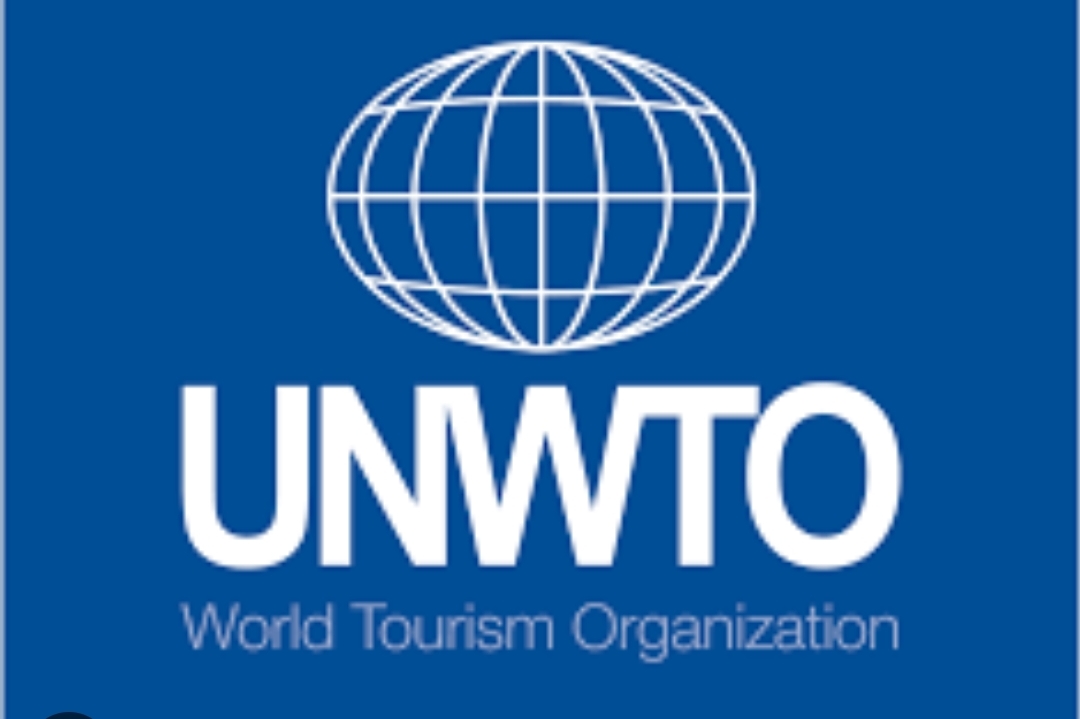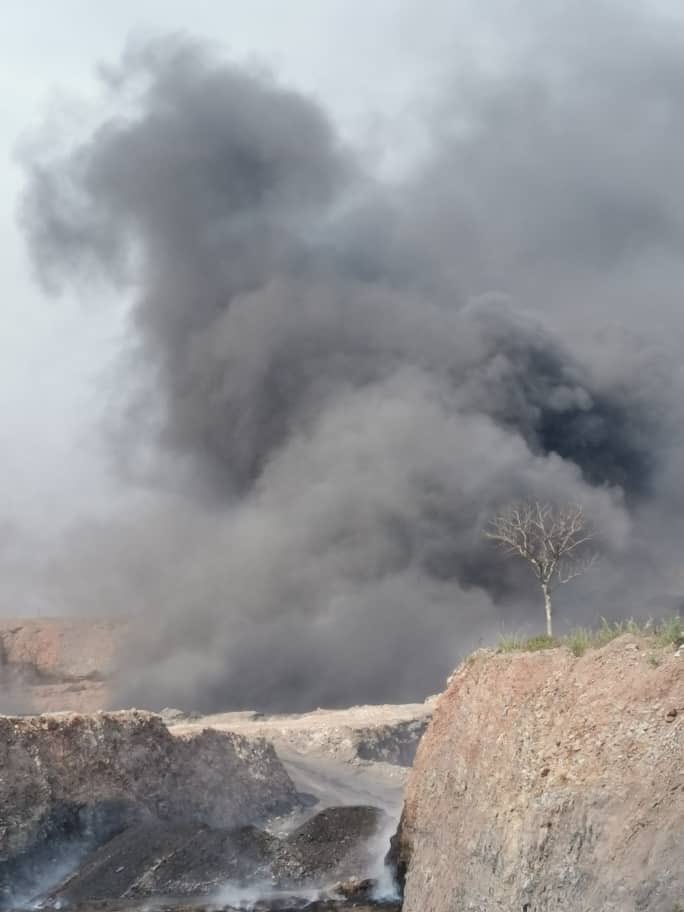BY STAFF REPORTER
After stronger than expected recovery in 2022, this year could see international tourist arrivals return to pre-pandemic levels in Europe and the Middle East.
The United Nations World Tourism (UNWTO) has predicted an increase in tourist arrivals globally following the ease of lockdowns to control the spread of Covid-19.
Based on UNWTO’s forward-looking scenarios for 2023, international tourist arrivals could reach 80% to 95% of pre-pandemic levels this year
The organisation, however, said that it will depend on the extent of the economic slowdown, the ongoing recovery of travel in Asia and the Pacific and the evolution of the Russian offensive in Ukraine, among other factors.
UNWTO anticipates a strong year for the sector even in the face of diverse challenges, including the economic situation and continued geopolitical uncertainty
According to UNWTO’s data, more than 900 million tourists travelled internationally in 2022 – double the number recorded in 2021, though still 63% of pre-pandemic levels.
It noted that every global region recorded notable increases in international tourist numbers.
“The Middle East enjoyed the strongest relative increase as arrivals climbed to 83% of pre-pandemic numbers,”the report read.
” Europe reached nearly 80% of pre-pandemic levels as it welcomed 585 million arrivals in 2022.
Africa and the Americas both recovered about 65% of their pre-pandemic visitors, while Asia and the Pacific reached only 23% due to stronger pandemic-related restrictions, which have started to be removed only in recent months.”
UNWTO Secretary-General Zurab Pololikashvili said there were high hopes in the tourism sector.
“A new year brings more reason for optimism for global tourism.
” UNWTO anticipates a strong year for the sector even in the face of diverse challenges, including the economic situation and continued geopolitical uncertainty. Economic factors may influence how people travel in 2023, and UNWTO expects demand for domestic and regional travel to remain strong and help drive the sector’s wider recovery.”
Chinese tourists set to return
The first UNWTO World Tourism Barometer of 2023 also analyses performance by region and looks at top performers in 2022, including several destinations that have already recovered 2019 levels.
UNWTO foresees the recovery to continue throughout 2023 even as the sector faces up to economic, health, and geopolitical challenges.
The recent lifting of COVID-19 related travel restrictions in China, the world’s largest outbound market in 2019, is a significant step for the recovery of the tourism sector in Asia and the Pacific and worldwide.
In the short term, the resumption of travel from China is likely to benefit Asian destinations in particular. However, this will be shaped by the availability and cost of air travel, visa regulations, and COVID-19 related restrictions in the destinations.
By mid-January, a total of 32 countries had imposed specific travel restrictions related to travel from China, mostly in Asia and Europe.
At the same time, strong demand from the United States, backed by a strong US dollar, will continue to benefit destinations in the region and beyond. Europe will continue to enjoy strong travel flows from the US, partly due to a weaker euro versus the US dollar.
Notable increases in international tourism receipts have been recorded across most destinations, in several cases higher than their growth in arrivals.
This has been supported by the increase in average spending per trip due to longer periods of stay, the willingness by travelers to spend more in their destination, and higher travel costs due to inflation.
However, the economic situation could translate into tourists adopting a more cautious attitude in 2023, with reduced spending, shorter trips, and travel closer to home.
Furthermore, continued uncertainty caused by the Russian aggression against Ukraine and other mounting geopolitical tensions, as well as health challenges related to COVID-19 also represent downside risks and could weigh on tourism’s recovery in the months ahead.
The latest UNWTO Confidence Index shows cautious optimism for January-April, higher than the same period in 2022. This optimism is backed by the opening up in Asia and strong spending numbers in 2022 from both traditional and emerging tourism source markets, with France, Germany and Italy as well as Qatar, India and Saudi Arabia all posting strong results.


 Slider3 years ago
Slider3 years ago
 National4 years ago
National4 years ago
 Opinion3 years ago
Opinion3 years ago
 Tourism and Environment4 years ago
Tourism and Environment4 years ago
 National2 years ago
National2 years ago
 National3 years ago
National3 years ago
 National2 years ago
National2 years ago
 National4 years ago
National4 years ago


